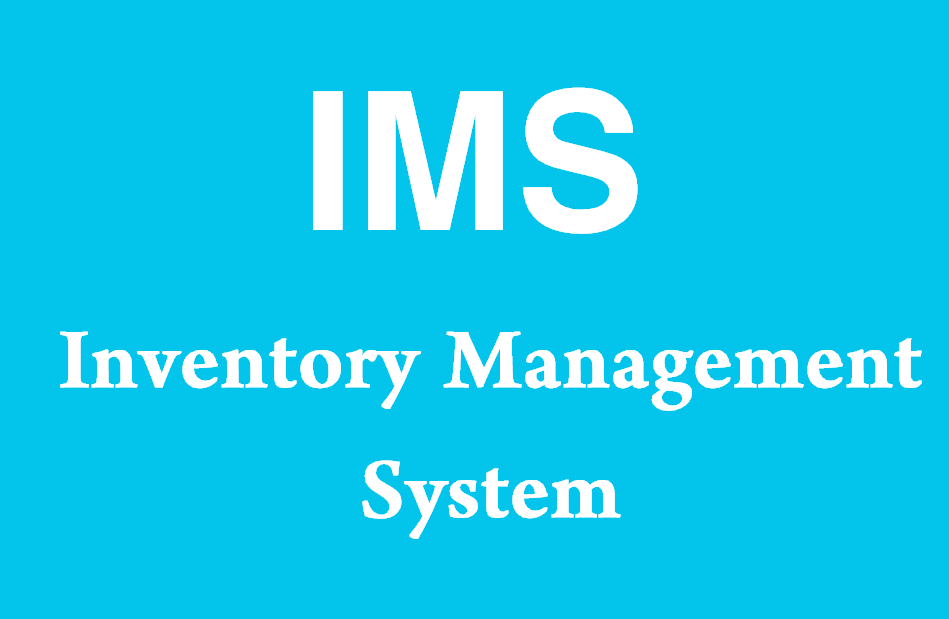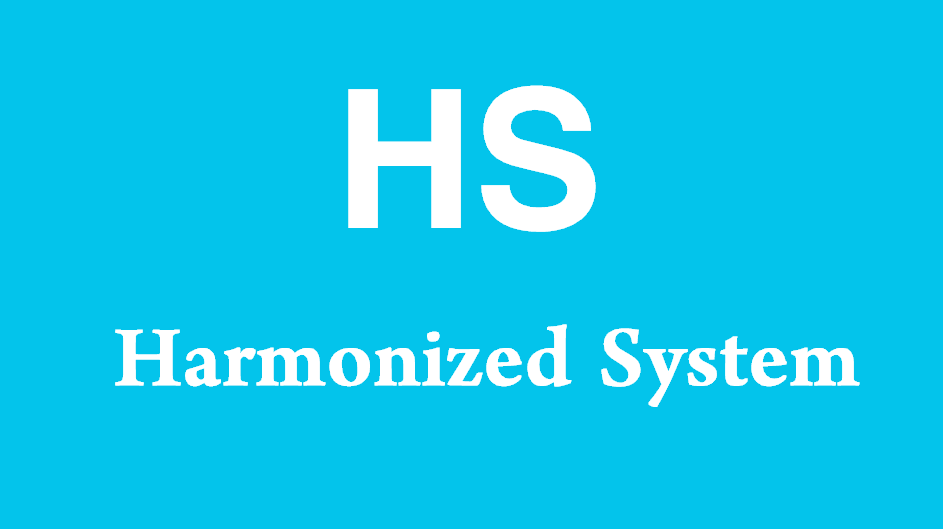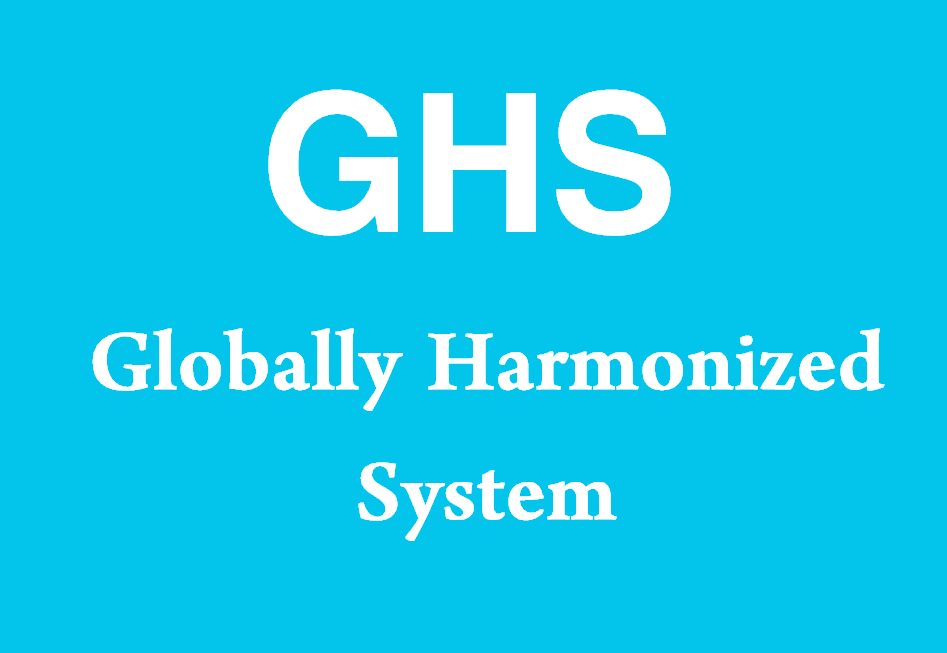What Does GSP Stand For?
GSP stands for “Generalized System of Preferences.” This is a trade program designed to promote economic growth in developing countries by providing preferential duty-free entry for thousands of products from designated beneficiary countries.

Comprehensive Explanation of Generalized System of Preferences
The Generalized System of Preferences (GSP) is a trade initiative established by developed countries to encourage economic growth in developing nations. The GSP provides preferential duty-free entry for a wide range of products from designated beneficiary countries. This system aims to stimulate export growth, boost employment, and reduce poverty in these nations by making their products more competitive in the global market.
History and Evolution of GSP
Origins of GSP
The concept of the GSP was introduced in the 1960s by the United Nations Conference on Trade and Development (UNCTAD). The initiative was formally adopted in 1971, with the aim of supporting developing countries in their efforts to increase trade and economic development.
Implementation by Developed Countries
Various developed countries, including the United States, the European Union, Japan, and Canada, implemented their own GSP programs. These programs share the common goal of offering preferential tariff treatment to eligible products from developing countries.
Modifications and Reauthorizations
Over the years, GSP programs have undergone several modifications and reauthorizations to address changing economic conditions and trade dynamics. These adjustments have included expanding the list of eligible products, revising country eligibility criteria, and extending the duration of the programs.
Objectives of the Generalized System of Preferences
Promoting Economic Growth
The primary objective of the GSP is to promote economic growth in developing countries by increasing their export opportunities. By providing duty-free access to developed markets, the GSP helps beneficiary countries diversify their exports and integrate into the global economy.
Reducing Poverty
The GSP aims to reduce poverty in developing countries by creating jobs and improving income levels. Increased exports lead to higher production levels, which in turn generate employment opportunities and contribute to economic stability.
Encouraging Sustainable Development
The GSP encourages sustainable development by supporting environmentally friendly and socially responsible production practices. Many GSP programs include criteria related to labor rights, environmental protection, and good governance, incentivizing beneficiary countries to adopt higher standards.
Eligibility Criteria for GSP
Country Eligibility
To qualify for GSP benefits, countries must meet specific eligibility criteria set by the granting country. These criteria often include economic indicators, adherence to labor rights and human rights standards, and commitments to environmental protection.
Product Eligibility
Not all products are eligible for GSP benefits. Each GSP program maintains a list of eligible products, typically focusing on goods that developing countries have a comparative advantage in producing. These lists are periodically reviewed and updated.
Benefits of GSP for Developing Countries
Increased Market Access
The GSP provides developing countries with enhanced access to developed markets by reducing or eliminating tariffs on eligible products. This increased market access makes their products more competitive and attractive to buyers.
Trade Diversification
By expanding export opportunities, the GSP helps beneficiary countries diversify their trade portfolios. This reduces their reliance on a limited number of products or markets, enhancing economic resilience.
Investment and Industrialization
The preferential treatment under the GSP can attract foreign investment and stimulate industrialization. Investors are more likely to invest in countries with improved access to developed markets, leading to the establishment of new industries and the transfer of technology and skills.
Challenges and Criticisms of GSP
Limited Product Coverage
One of the main criticisms of the GSP is the limited product coverage. Many high-value products and agricultural goods are often excluded from GSP benefits, limiting the potential impact on beneficiary countries’ economies.
Temporary Nature
GSP benefits are not permanent and can be withdrawn or suspended based on changes in eligibility criteria or political considerations. This creates uncertainty for beneficiary countries and can disrupt trade and investment plans.
Stringent Compliance Requirements
Meeting the eligibility criteria for GSP benefits can be challenging for some developing countries. Compliance with labor rights, environmental standards, and good governance practices requires significant resources and institutional capacity.
Impact of GSP on Beneficiary Countries
Case Studies of Successful Beneficiaries
Several developing countries have successfully leveraged GSP benefits to boost their export performance and achieve economic growth. Case studies of countries like Bangladesh, Vietnam, and Kenya highlight the positive impact of the GSP on their industrial development and poverty reduction efforts.
Quantitative Analysis
Quantitative analyses of trade data indicate that GSP benefits have contributed to significant increases in exports from beneficiary countries. Studies show that GSP-eligible products enjoy higher growth rates compared to non-eligible products.
Future of the Generalized System of Preferences
Expanding Product Coverage
To enhance the effectiveness of the GSP, there are calls for expanding product coverage to include more high-value and agricultural products. This would provide broader benefits to developing countries and help them achieve greater economic diversification.
Strengthening Compliance Mechanisms
Strengthening compliance mechanisms and providing technical assistance to beneficiary countries can help address challenges related to eligibility criteria. This would ensure that more countries can qualify for and benefit from GSP programs.
Enhancing Cooperation Among Granting Countries
Greater cooperation and harmonization among granting countries can enhance the effectiveness of GSP programs. Coordinated efforts can help address common challenges and create a more predictable and stable trade environment for beneficiary countries.
Notes to Importers
Introduction
Importing goods into a country involves navigating a complex web of regulations and requirements. This section provides comprehensive notes for importers, covering key considerations, legal requirements, and best practices to ensure a smooth importing process.
Understanding Import Regulations
Customs Regulations
Each country has its own set of customs regulations that importers must follow. These regulations include documentation requirements, duties and taxes, and inspection procedures. It is crucial for importers to be familiar with the customs regulations of the destination country to avoid delays and penalties.
Import Licenses and Permits
Certain goods may require import licenses or permits before they can be brought into the country. Importers must ensure that they obtain the necessary licenses and permits for their products. Failure to do so can result in the confiscation of goods or fines.
Documentation Requirements
Bill of Lading
The bill of lading is a key document in the import process. It serves as a receipt for the goods shipped, a contract of carriage, and a document of title. Importers must ensure that the bill of lading contains accurate and complete information.
Commercial Invoice
The commercial invoice provides details about the goods being imported, including the description, quantity, value, and terms of sale. This document is used by customs authorities to assess duties and taxes. Importers must ensure that the commercial invoice is accurate and complies with the requirements of the destination country.
Packing List
The packing list provides information about the contents of each package, including the weight, dimensions, and quantity of goods. This document helps customs authorities verify the accuracy of the shipment and conduct inspections if necessary.
Legal Requirements
Compliance with Standards
Imported goods must comply with the standards and regulations of the destination country. This includes product safety standards, labeling requirements, and environmental regulations. Importers must ensure that their products meet these standards to avoid rejection or recalls.
Payment of Duties and Taxes
Importers are responsible for paying duties and taxes on imported goods. The amount of duties and taxes depends on the classification of the goods and their value. Importers must be aware of the applicable rates and ensure timely payment to avoid penalties.
Best Practices for Importers
Establishing Reliable Suppliers
One of the key factors in successful importing is establishing reliable suppliers. Importers should conduct thorough due diligence to ensure that their suppliers can deliver quality products on time. Building strong relationships with suppliers can also help in negotiating better terms and resolving issues.
Understanding Incoterms
Incoterms (International Commercial Terms) define the responsibilities of buyers and sellers in international trade. Importers should be familiar with Incoterms to understand their obligations and avoid misunderstandings. Common Incoterms include FOB (Free on Board), CIF (Cost, Insurance, and Freight), and DDP (Delivered Duty Paid).
Insurance Coverage
Importers should obtain adequate insurance coverage for their shipments to protect against potential risks such as damage, loss, or theft. Marine insurance is commonly used to cover goods in transit. It is important to understand the terms and conditions of the insurance policy to ensure comprehensive coverage.
Sample Sentences Containing GSP and Their Meanings
- “The company expanded its exports to the US market by taking advantage of the GSP program.”
- Meaning: The business increased its exports to the United States by utilizing the benefits offered by the Generalized System of Preferences.
- “Products eligible under GSP enjoy duty-free access to several developed countries.”
- Meaning: Items that qualify for the Generalized System of Preferences can enter multiple developed nations without paying duties.
- “GSP benefits have significantly boosted the export revenues of many developing nations.”
- Meaning: The advantages provided by the Generalized System of Preferences have greatly increased the export income of numerous developing countries.
- “To qualify for GSP, countries must adhere to specific labor and environmental standards.”
- Meaning: Nations must meet certain labor and environmental criteria to be eligible for the Generalized System of Preferences.
- “The government is negotiating to include more products under the GSP scheme to enhance trade opportunities.”
- Meaning: The administration is in discussions to add more items to the Generalized System of Preferences program to improve trading possibilities.
Other Meanings of GSP
| Acronym | Full Form | Description |
|---|---|---|
| GSP | Generalized System of Preferences | A trade program promoting economic growth in developing countries through preferential duty-free entry for products. |
| GSP | Global Strategic Partnership | A collaborative arrangement between countries or organizations to achieve common strategic objectives. |
| GSP | Ground Support Equipment | Equipment used to support the operations of aircraft on the ground. |
| GSP | Global Security Program | A program aimed at enhancing global security measures and cooperation. |
| GSP | Guaranteed Savings Plan | A financial plan offering guaranteed returns on savings. |
| GSP | Geographic Service Provider | A company providing geographic data and mapping services. |
| GSP | Graduate Student Program | An academic program designed for graduate students. |
| GSP | General Service Provider | A company offering a range of general services to businesses and individuals. |
| GSP | Global Sourcing Platform | A platform facilitating the sourcing of goods and services from international markets. |
| GSP | Government Sponsored Program | A program funded and supported by the government to achieve specific objectives. |
| GSP | Global Sustainability Practices | Practices aimed at promoting sustainability on a global scale. |
| GSP | Generalized System of Production | A system for standardized production processes across industries. |
| GSP | Group Service Plan | A service plan offering benefits to members of a group or organization. |
| GSP | Global Satellite Positioning | A system using satellites to provide precise location information globally. |
| GSP | Government Security Plan | A plan for ensuring the security of government operations and assets. |
| GSP | Genetic Selection Program | A program for selecting and breeding organisms based on genetic traits. |
| GSP | General Staff Program | A program for the development and training of general staff in organizations. |
| GSP | Global Safety Protocols | Standardized safety procedures implemented globally. |
| GSP | Goods and Services Procurement | The process of acquiring goods and services for an organization. |
| GSP | Ground Surveillance Platform | A platform used for ground-based surveillance and monitoring. |






